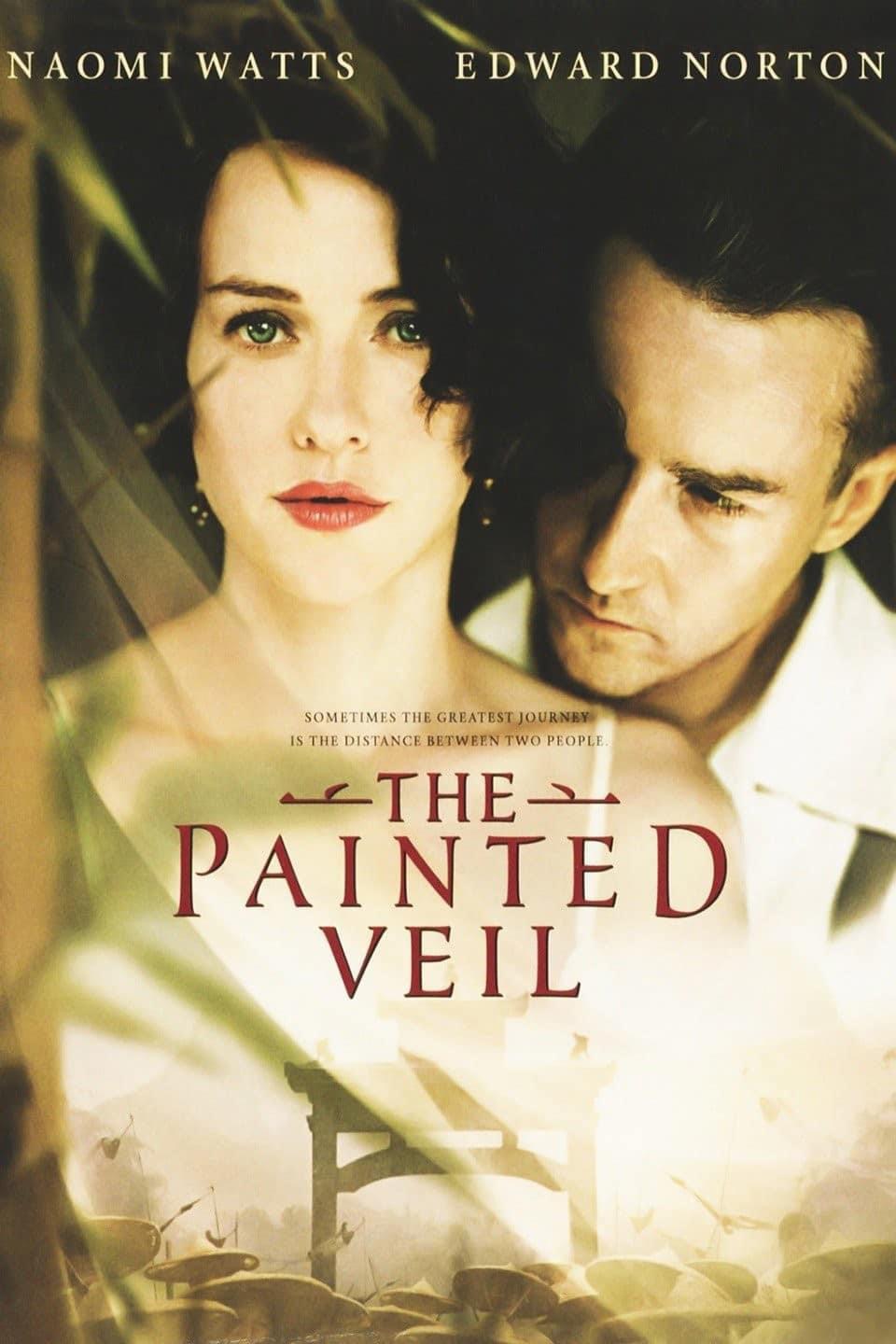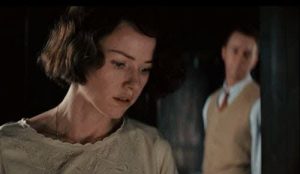The Painted Veil (2006)

The Painted Veil (2006), directed by John Curran and based on the novel by W. Somerset Maugham, is a deeply emotional drama set in 1920s China. The film tells the story of Kitty Fane (Naomi Watts), a young woman trapped in a loveless marriage to a cold, intellectual husband, Dr. Walter Fane (Edward Norton), who is a bacteriologist. When Kitty has an affair with a local British diplomat, her life spirals into turmoil, and she is forced to accompany her husband to a cholera-ravaged village in the Chinese interior. This journey becomes not only a literal escape but also a symbolic one, as both characters are forced to confront their personal flaws, desires, and ultimately, the complexities of love and redemption.
Suggested videos for you:
Plot Overview
Kitty Fane, a beautiful but emotionally immature woman, marries Walter Fane, a scientist who is more interested in his work than in his wife. Feeling neglected, she embarks on an affair with Charlie Townsend (Liev Schreiber), a charming but selfish diplomat. When Walter discovers the affair, he takes her to a remote village in rural China that is experiencing a cholera outbreak, under the pretext of his work. As they face the harsh conditions of the epidemic, Kitty begins to reevaluate her life, her marriage, and her understanding of love.
The story focuses on the evolving relationship between Kitty and Walter as they navigate the challenges of illness, isolation, and cultural dislocation. Over time, Walter’s quiet strength, integrity, and dedication to his mission begin to influence Kitty, while she starts to develop a deeper understanding of herself and her own capacity for emotional growth. Along the way, the film explores themes of forgiveness, redemption, and the complexity of human relationships, set against the backdrop of an exotic and perilous foreign landscape.
Themes and Emotional Resonance
At its heart, The Painted Veil is a story about personal growth and the transformative power of love. Kitty’s journey from selfishness and immaturity to self-awareness and redemption mirrors the cultural and emotional exploration that the film’s setting—both the physical location in China and the characters’ internal landscapes—suggests. The film is about breaking down the illusions that people build around themselves and discovering a deeper truth beneath the surface.
The title The Painted Veil refers to the metaphor of an illusionary barrier that clouds people’s understanding of themselves and others. Kitty’s affair with Charlie represents an escape from her unfulfilled life, but when forced to confront the real consequences of her actions, she starts to peel away that veil. Her evolving relationship with Walter, initially cold and distant, becomes a testament to the possibility of growth and reconciliation, even when love feels strained and beyond reach.
At the same time, the film critiques the nature of romantic love and infidelity. It highlights that love is not always a perfect or straightforward experience, and it can often involve sacrifice, patience, and the willingness to confront painful truths.
Characters and Performances
1.Kitty Fane (Naomi Watts): Naomi Watts gives a career-defining performance as Kitty, capturing the character’s emotional arc from a naive, selfish woman to a person capable of deep introspection and growth. Watts imbues Kitty with a quiet strength and vulnerability, making her transformation believable and compelling.
2.Dr. Walter Fane (Edward Norton): Edward Norton delivers an understated but powerful performance as Walter. His portrayal of the emotionally distant, yet morally upright, doctor is nuanced and compelling. Walter’s character is defined by his quiet, stoic demeanor, and Norton successfully conveys his internal conflict without needing to resort to overt emotional outbursts. His relationship with Kitty, initially built on resentment, evolves into one of mutual understanding and respect, offering a poignant examination of the complexities of love and forgiveness.
3.Charlie Townsend (Liev Schreiber): Liev Schreiber plays Charlie with the perfect blend of charm and selfishness. Though his character is not as complex as the two leads, Schreiber’s performance highlights the superficial nature of Charlie’s character, which serves as a contrast to Walter’s deeper emotional journey.
4.Other Supporting Characters: The supporting cast, including Toby Jones as a British missionary and Diana Rigg as Walter’s mother, all contribute to the film’s sense of place and emotional depth. Though their roles are secondary, they provide important context and thematic support for Kitty and Walter’s personal journeys.
Visuals and Cinematography
The cinematography in The Painted Veil is one of its standout features. The lush landscapes of China are beautifully captured, with sweeping shots of both natural beauty and human suffering. The visuals work in harmony with the film’s themes, with the rugged, raw beauty of the countryside reflecting the emotional journey of the characters. The film uses light and shadow effectively to mirror the internal conflicts of the characters, with muted tones and soft colors creating a mood of somber reflection.
The stark contrast between the vibrant, often chaotic life in the village and the serene but dangerous isolation of the countryside amplifies the emotional tension between the characters. The village’s cholera epidemic provides a powerful metaphor for the contamination of the characters’ lives and relationships, with the outside world as an ever-present reminder of the fragility of life.
Score and Music
The score by composer Alexandre Desplat enhances the film’s emotional depth, with a subtle, melancholic tone that complements the film’s themes of loss, regret, and redemption. The music adds layers of sadness and hope, and its use is effective in heightening key emotional moments without overwhelming the story. Desplat’s score evokes a sense of quiet introspection, echoing the gradual emotional growth of the characters.
Conclusion
The Painted Veil is a beautifully crafted, emotionally powerful drama that explores the complexities of love, guilt, and redemption. With standout performances from Naomi Watts and Edward Norton, the film delves into the painful yet transformative journey of its characters, making it a compelling watch for those who appreciate thoughtful, introspective stories. The film’s lush cinematography and haunting score elevate its emotional resonance, and while it may not appeal to all viewers due to its slow pacing and predictable elements, those who enjoy character-driven dramas will find much to appreciate in The Painted Veil. It is a deeply poignant story about the imperfections of love and the possibility of redemption through personal growth.










